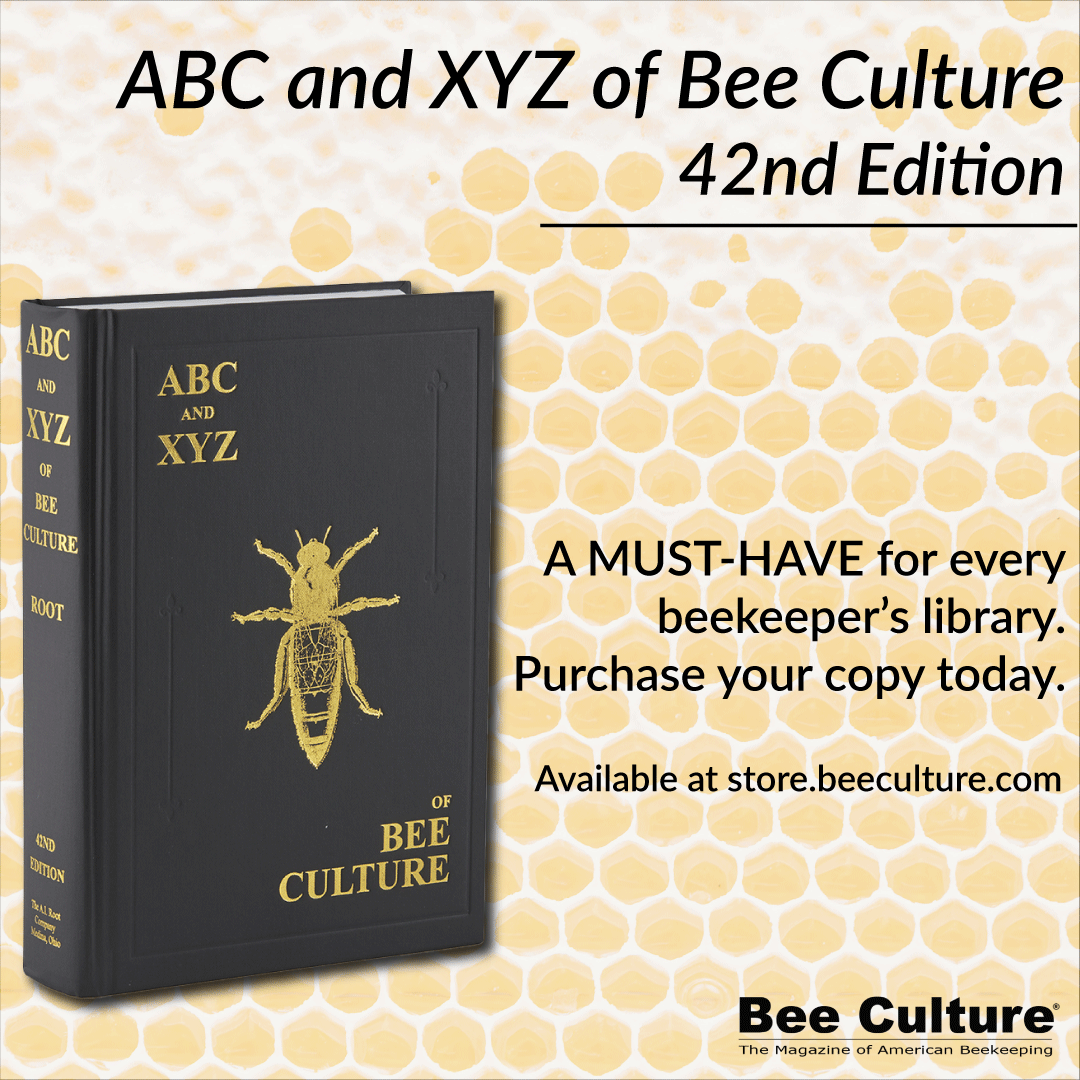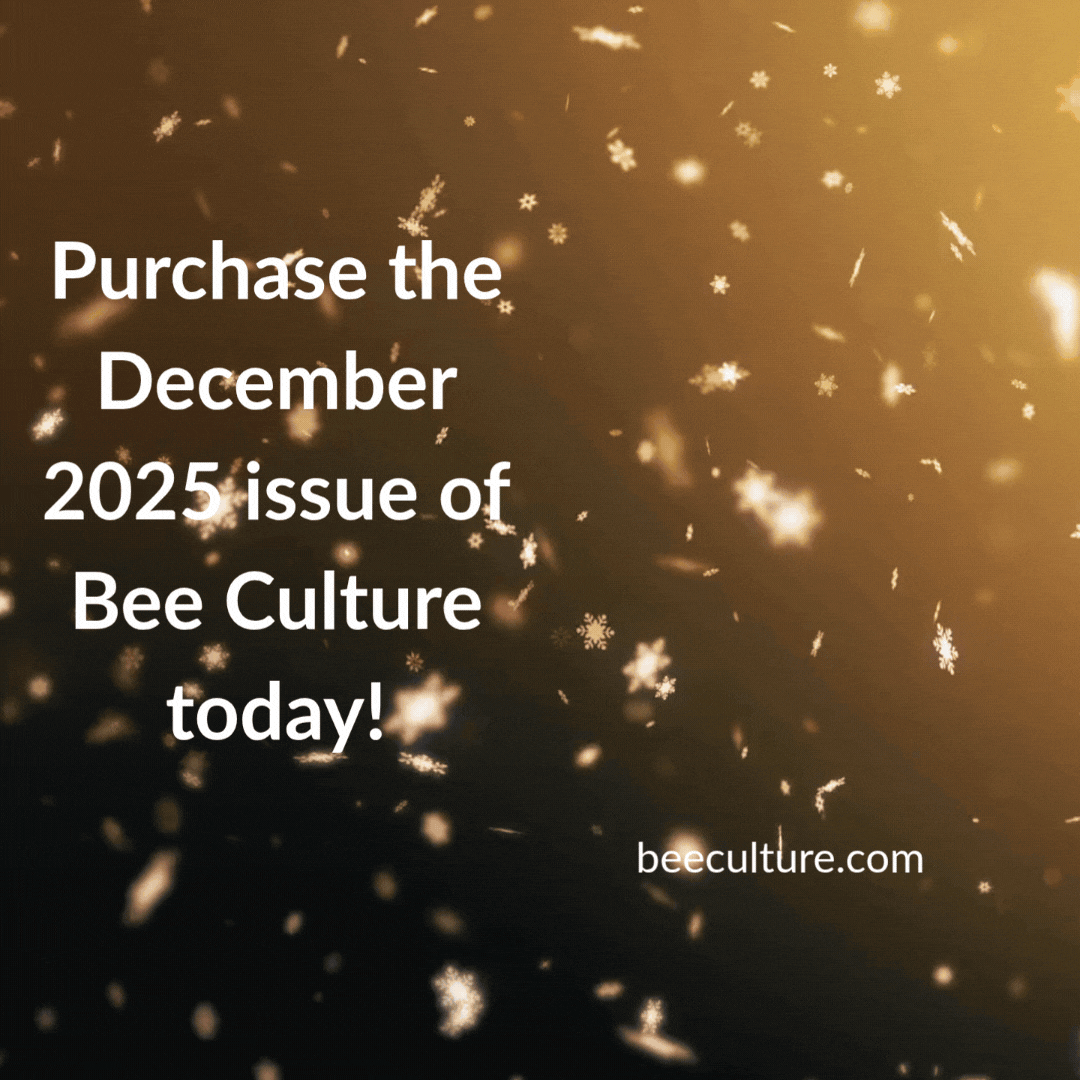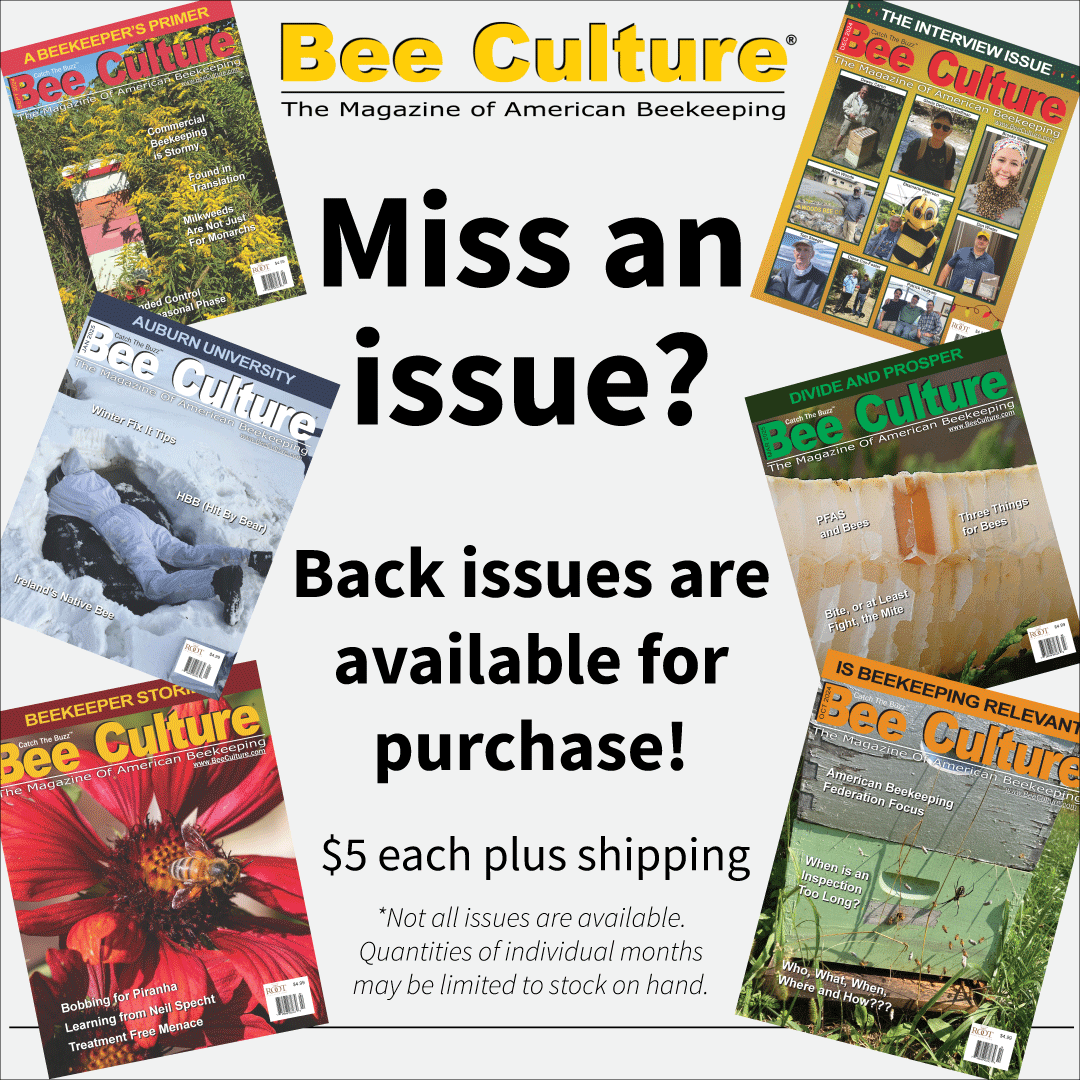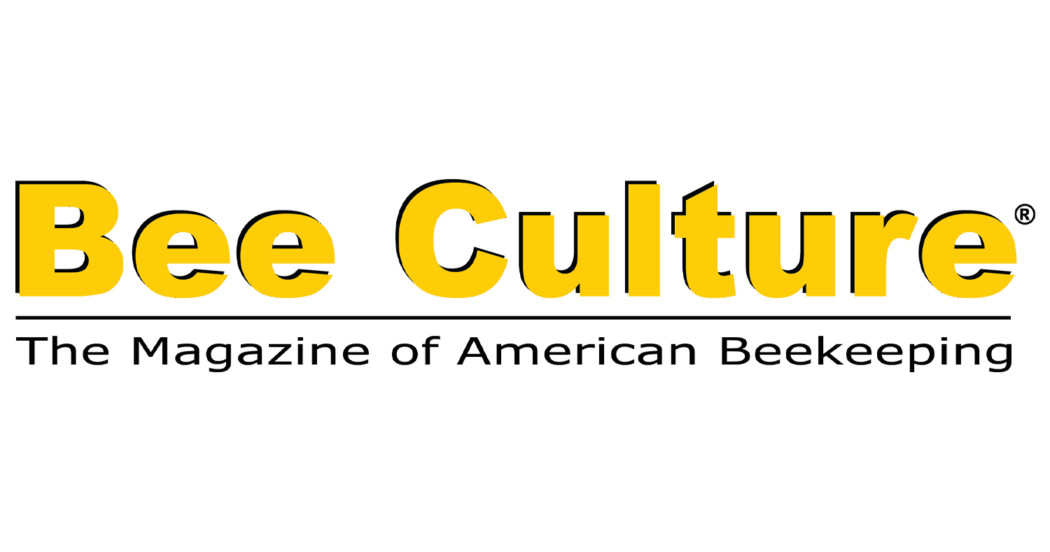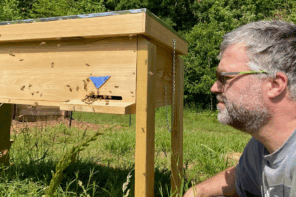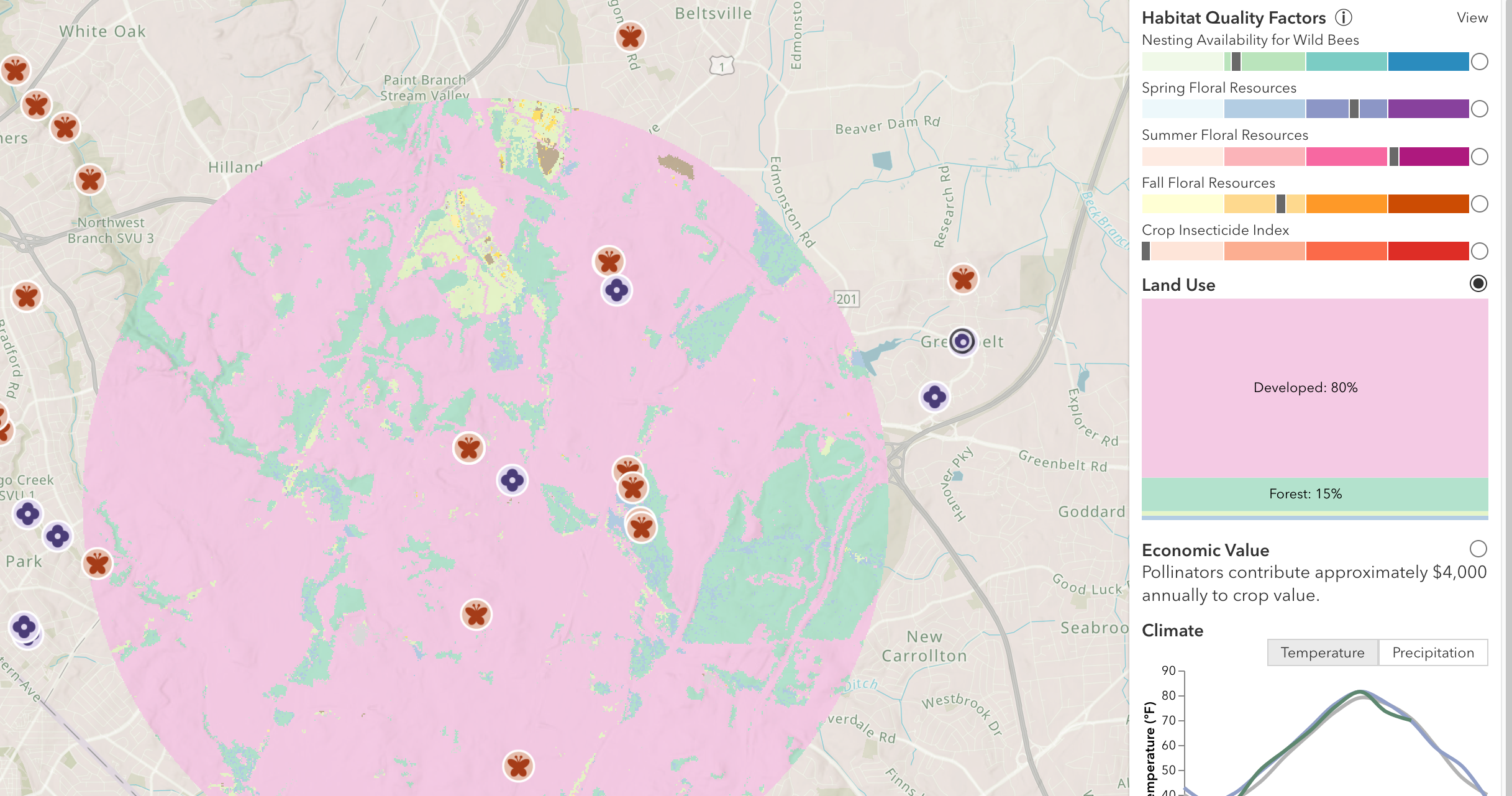Charles Linder
Just recently, Bee Culture’s very own Jerry Hayes was on an episode of the “Beekeeping Today” podcast. Be sure to give it a listen. Jerry correctly points out a huge problem in the beekeeping Industry at the moment. While we have several local groups for camaraderie, and some in more national groups for research, we are sorely lacking in what one would call a professional organization to bring them together.
What does that mean in real terms? In the past beekeeping was a bit of a side niche. Spread through the country, and not an industry per se. You bought your honey from the guy down the street. All of the AG groups used to be like this. The national corn growers didn’t start until 1957, the almond alliance in 1980, and the pork board 1985. These are all much larger and centralized groups, and still fairly young. Beekeepers being so far from centralized, and sharing very little with each other besides some magazine articles. A convention or two in the Fall was the most there was back in the 90’s.
Not to mention we didn’t have major issues, and our government was not putting in place rules to make life miserable. We had no miticide problem, as we had no mites. Very few cared about pollination problems, as the needs and supply were small and local and pretty easily managed.
All of this has changed. The world is not what it was for beekeepers in 1995, or 2005 or even 2015. Global honey imports and fraud are insane and out of control, invasive species such as Varroa, SHB, yellow legged and Asian hornet and even Africanized bees, as well as the new threats are putting us at a risk we never imagined. Pesticide use nationwide is at all-time highs, and habitat loss has quadrupled as big mowers and tractors become cheap. Then we talk regulations, trying to get help with a policy problem is a major issue now days. EPA is a concern with miticides, and the Food Safety Act of 2016 has inserted the FDA into most of our business.
The fun part is, Jerry is not alone in that knowledge. In fact over the last couple of years, several of the industry leaders have been headed that direction. This is not a new awareness. Several of us finally got together in August of last year in Chicago, and laid out a plan to develop a strong National Agricultural group. One with dedicated leadership, not people who volunteer and have to keep doing the day jobs.
All in the time when the demand for pollination has reached all time highs, as the demand for food rises, we can, if we position ourselves, become a real player in the industry of agriculture. As Jerry mentioned, one of our main projects is to change the image of the beekeeper from a jar of honey, to tons of produce and flowers.
I should add, Washington and science have changed also. Both have become a big pay to play problem. Without going into details, just understand we have reached a point where we need outside counsel. We beekeepers are simply not organized well enough to be relevant.
So, without much further ado, we have started a new group. It is called the BeeCAUSE Alliance and here are some basics on our starting issues.
I will share a quick summary first, and then details. Keep in mind our three main issues I will talk about are all things the no one else is working on. As leaders in our industry, we think these three are very important and achievable. We also believe that success in these changes our industry and makes it much more viable. Two of these issues you should be aware of if you’re a regular reader, the 3rd will be new to almost all of you. I should not say new issues for the industry but things no one besides BeeCAUSE are working on. This is a main key for us. To address areas that are underserved, not competing with current groups.
The first project is changes to FIFRA. While it seems trivial, this proposal would drastically change our industry position. It is supported by Farm Bureau, as well as many state clubs and vendors. I have written about it before, and for now will skip the details. This change is a no cost freebie change that would be an actual admission that we are a special group.
The second issue is invasive species and the border, and selling packages to Canadians. They are in fact closely tied to one another, so for our discussions, one in the same. While there is some great research being done on Tropi mites, and possible solutions, the issue of prevention is largely a non-issue. No major group is trying to pull anything together. Some will say APHIS and USDA are working on it, while there is some merit to that statement, it needs perspective. On long potential invasives, we are way down at the bottom. The point being we are not as an industry raising the alarm properly. We as beekeepers and researchers know the threat is huge. No one in the beltway is seeing what we see yet. As we sit here, there is a 300-million-dollar policy initiative to stop new world screwworms. While its important, I personally believe T mites is a bigger threat to U.S. food security.
The USDA estimates a $1.8 billion impact on the Texas economy, Reuters reports citing livestock deaths, labor, and medication costs
Almonds alone is a nine-billion-dollar industry. When we add in other produce it is 30 billion, would it all vanish? No but roughly ½ that production would. Pretty safe to say it’s a 15-billion-dollar problem, so we need to fix this, and fast. I would think a $100 million policy initiative would be more than fair.
The bottom line on this issue is pretty simple, we need political support to change the current status quo on this invasive species. As it stands right now, USDA has some funding for research, but the real policy is “when its confirmed on our soil” we have a plan. I and many others find this to be unacceptable. We need to be proactive not reactive. Our Alliance goal is to build relationships with growers to help us raise awareness.
This issue is, and should be the very number one issue for BC readers. It does not matter how many hives you have, or your views on any sort of beekeeping. Tropilaelaps mites will destroy honey bees in the U.S. This is not a doubt, but a stark reality. I know most of you have watched Sam Ramsey, or Rogan talk about these mites. Unfortunately they are science guys, and they are so excited about the research, you are left feeling it’s all good! This is a DEVASTATING issue that will in fact destroy us. We absolutely need a national program to prevent it.
Our group is currently working on involving growers and powerful politicians for a preventive program.
https://www.youtube.com/live/GtEhCVxDof4
The third issue on our agenda, is an all-new program. We are calling the program UPLIFT (United Pollinator, Livestock Incentivized Financial Trust). Yes, we picked the word first; we want to change the direction of the industry from downward to upward!
But let’s get to the details. We want to put in place a new program than would pay out to FSA registered beekeepers, for hives that are ALIVE, not losses. We are asking for 75$ per hive to be awarded to successful beekeepers on an annual basis. This would be available for all beekeepers, not just those with huge losses.
This year alone, any row crop landowners from corn to rice, get a check just for that ground being farmed. From 45$ to 86$ depending on the crop grown, not to mention production price guarantees and crop insurance subsidies, as well as a few other programs. This is justified from rising input cost, and age of the industry as a food security issue, are we not part of that?
But here is the real kick, as far as the government is concerned. We are eligible for ELAP, so we are covered. Those of us in the industry understand that ELAP, as nice as it is, is a nothing more than a low-rate insurance program, designed to keep you alive after a catastrophic loss. Nothing more. That is its stated goal. So in order to even use it, you have to lose your bees. This is not a help to the industry overall. For those unaware there are some new rate changes coming, but bottom line you get about 85% for dead hives. Barely covers replacement.
So, we asked the key question, what do we need to help? And the answer was a cash infusion to keep hives healthy. Money that can be spent on an additional mite treatment, feed, more labor, or new queens. Then the tricky question of how much? Many hours debate and a lot of math problems and reality checks later, we settled on 75-85$. This is based on an understanding of what row crop farmers get, what it would take to offset ELAP, and what we think the total number of hives would be, as well as what is the current standard income rate. (We also have some limits to keep it from being abused.)
These issues are what the BeeCAUSE alliance are about to start with. Our long-term goal is simple, dedicated people. If we benchmark the other industries, this is the key to successful progress. Dedicated people whose only job is to move the industry forward. Not beekeepers who have to do their regular job, and support a political agenda. Let’s face it, in a pool of beekeepers we don’t have a deep bench of people with skills in PR, politics, marketing and research, who can give up the day job and focus on our industry.
Most of the other industries have recognized this, and acted accordingly. Heck the blueberry industry is less than four billion dollars and has 16 dedicated people on just the National Blueberry Council. Our number one goal is to build that sort of organization. Dedicated leadership for the industry. Our plan is within a year, this group’s daily operations are not run by the directors, but by a team of professionals who know how to build and follow a project to help the industry.
So who is BeeCAUSE? Our group is actually an international group, of both U.S. and Canadian beekeepers, growers and vendors, and last but not least beekeeping organizations. We have three separate membership categories to represent that. Our goal is simple, to represent the industry as a whole. If you consider your bees to be a business, you’re eligible.
Uniting the industry is not easy, we realize that. We also know very well that many of our issues are exactly the same, so finding solutions we can agree on is not really that hard. Take T mites for example. While we may disagree on the risk level, I don’t believe there is anyone who knows of them, that would say we should ignore the issue. Most of these directions are things we 100% agree on, but have not sat down and put a plan to paper and assigned a leader to make it happen. That is what BeeCAUSE is about. Writing a plan, building support and finding the people to get it done.
What do we need? Right now? Just support and membership. If you’re reading this sign up, it’s cheap. $100 for 3 years right now. We are not intending to fundraise on beekeepers, but outsiders. We are a 501c6 so that we can lobby for legislation; to do that we have to be a membership professional organization. At the moment we already represent a lot of hives, we want to represent 4 million in the U.S. and Canada as quick as possible. This will allow us to focus on issues that affect all beekeepers on this continent.
So, 100$ for 3 years. By then we will have either succeeded, or failed. Small gamble, and the same for all if you have 5 hives or 5000.
What else can you do? Talk about us, invite us to your organization, or introduces us to your congressman. Get involved, call us, write us, or just come talk to us. While we will not have any big national convention you can find us at the other conventions and meetings, and will be present at this year’s NAHBE, and others.

